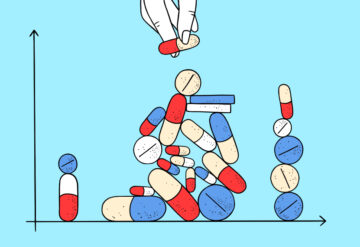Mental health issues emerge with shifts in autism traits across childhood
Anxiety and other challenges autistic children experience may stem from an increase in social-communication issues and a decrease in repetitive behaviors from ages 6 to 11.
Autism’s core symptoms accompany a constellation of subtle signs that scientists are just beginning to unmask.




Anxiety and other challenges autistic children experience may stem from an increase in social-communication issues and a decrease in repetitive behaviors from ages 6 to 11.

A new tool could help decipher the brain circuits underlying aversion to social touch, which is common in people with autism.

A genome-wide association study lays a foundation for deeper investigation of these variants in neurodevelopmental conditions.

Synaptic changes in the brain region could drive a core trait of fragile X syndrome, a new mouse study suggests.

The nation needs to build capacity to support the roughly 20 percent of children in Australia who have developmental delay.

A protective pathway that pauses protein synthesis is muted in a mouse model of fragile X syndrome, according to a new study.

Most children with the condition, however, gain communication and social abilities over time.

A speech-language pathologist by training, Wetherby has spent more than four decades developing tools to help identify and treat autism early; now her work has taken on a more personal sense of urgency.

With the help of a generous benefactor, autism research in Australia is gathering critical mass.

Children with congenital heart disease have an increased likelihood of autism. Why?